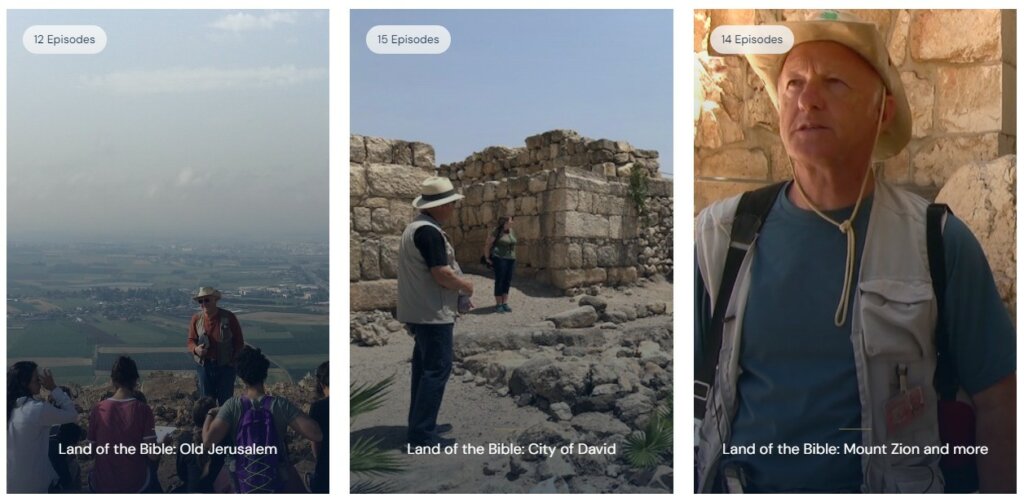A new dataset of radiocarbon dates from Gezer “provides an independent source of absolute dates that will allow researchers to better understand the events at Gezer and to place them in a regional perspective.” Of particular interest is that the Solomon gate dates to the time of Solomon, contrary to the Low Chronology promoted by Finkelstein who calls the study “meaningless.” The underlying journal article is here.
When the war began in Israel on October 7, Israel’s museums acted quickly to protect their most precious artifacts.
Avshalom Halutz writes a “short history of Gaza,” reviewing the last 5,000 years of the coastal city’s conflicts (Haaretz premium)
Ariel David reports on the recent study that argues that Jerusalem’s Millo was “defensive complex that protected the ancient water spring of Jerusalem for centuries.”
Online lecture in the BAS Scholars Series on Dec 6: “The Life of Jesus Written in Stone: The Earliest Commemorative Churches in Roman Palestine,” by Jordan Ryan, Wheaton College ($10)
Online “gala event” on Dec 10: “New Discoveries in the Temple Mount Sifting Project Research,” with Zachi Dvira, Gabriel Barkay, Haim Shaham, Anat Mendel-Geberovich, and Mordechai Kedar
New release: From Nomadism to Monarchy? Revisiting the Early Iron Age Southern Levant, edited by Ido Koch, Oded Lipschits and Omer Sergi (Eisenbrauns, $100)
Jerusalem Seminary is offering a 6-week audit-only version of “Israel Matters: A Theology of People and Land,” with Gerald McDermott, for only $79. A full description is here.
Now online: A Biblical Archaeology Conference held last Saturday, hosted by the Institute for Creation Research, with presentations by Randall Price and Tom Meyer
Bible Mapper Atlas has added a number of new maps in the last few months:
- Saul Attacks the Amalekites
- David Strengthens Southern Judah
- David Transports the Ark of the Covenant to Jerusalem
- David Defeats the Ammonites and the Arameans
- The Route of David’s Census Takers
- Solomon’s Enemies
- Resurgence of Israel and Judah
- Judah Is Exiled to Babylon
- Jesus Speaks with a Woman in Samaria
HT: Agade, Arne Halbakken
